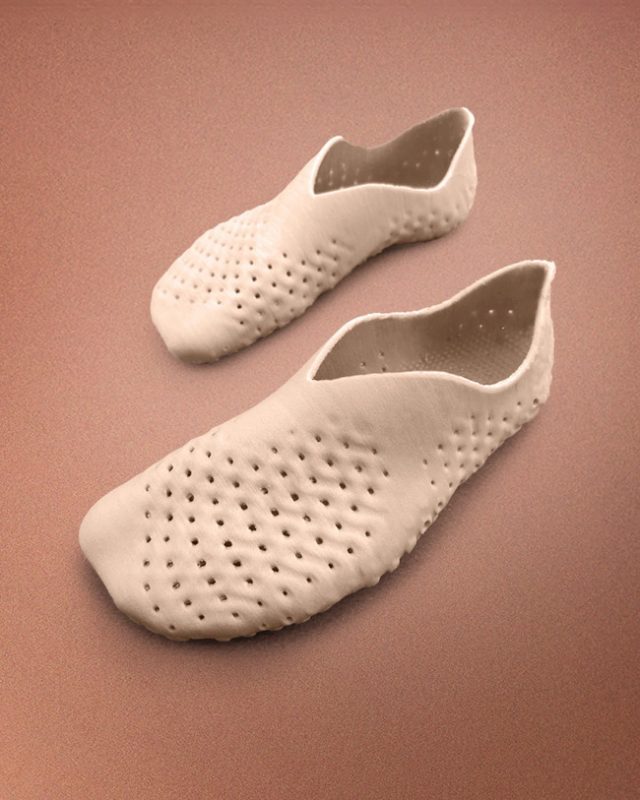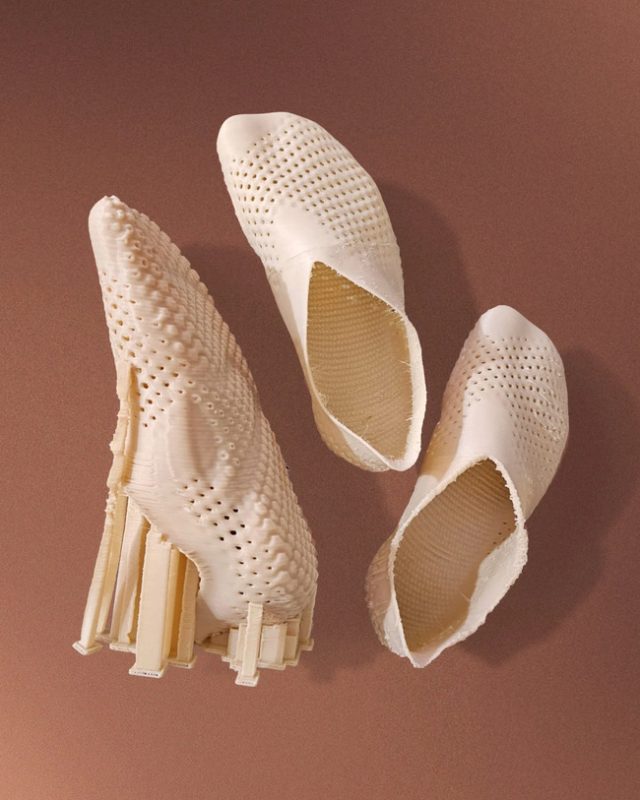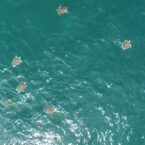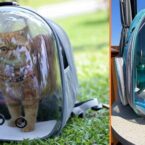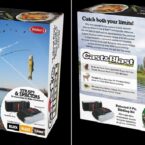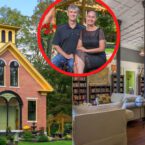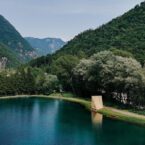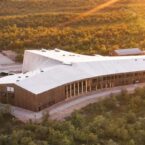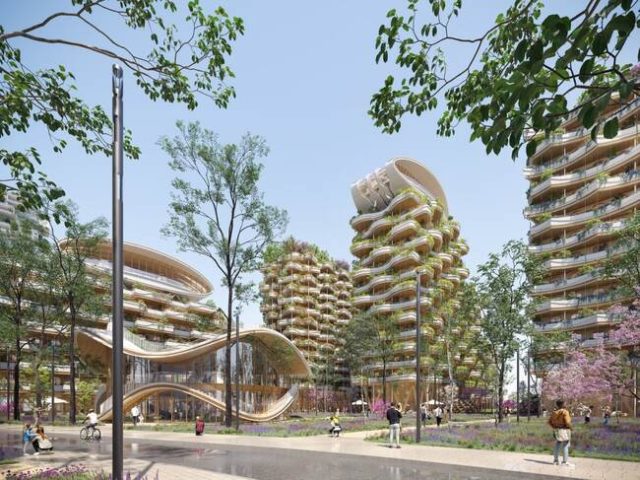
The Greenhouses, a visionary project by Vincent Callebaut Architectures, is set to transform Switzerland’s Lake Geneva district into an extraordinary car-free eco-village. Comprising 480 low-consumption homes nestled within a vast urban park, the development breathes new life into an area once occupied by Old Greenhouses. This eco-village serves as a bridge between Lake Geneva and Italy’s neighboring Piedmont region, fostering connectivity and community. In addition to the residences, The Greenhouses will feature amenities such as a large children’s nursery, restaurants, co-working spaces, and workshops.
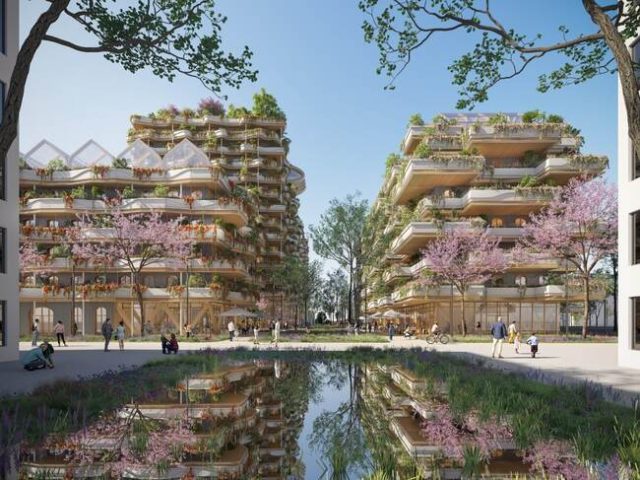
The design places a strong emphasis on sustainability, with parking cleverly tucked beneath the buildings and discreetly positioned in the western part of the district. By exclusively opening the space to pedestrians and cyclists, the architects aim to create an undisturbed, enchanting landscape that allows residents and visitors to fully immerse themselves in nature. The architectural marvel extends beyond the residences, incorporating panoramic rooftops that offer breathtaking views of the landscape. The large urban park, dominated by open land, flowering meadows, and fruit tree areas, pays homage to the local history with cherry trees reminiscent of the city’s coat of arms. The project draws inspiration from water elements, integrating phyto-purification lagoons and basins dedicated to aquaponics, permaculture, and urban agriculture.
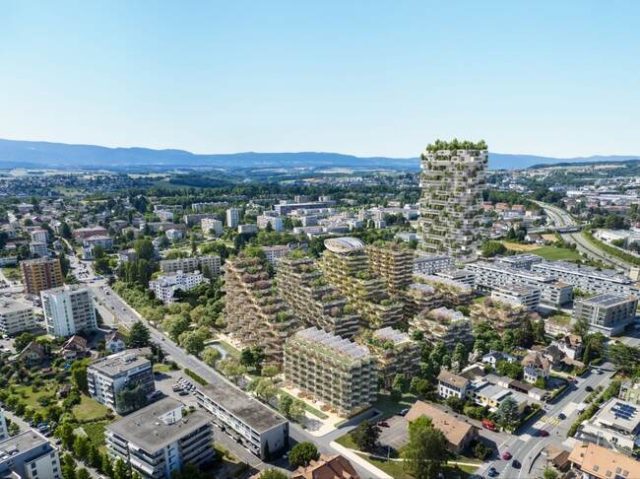
Rain chains inspired by Feng Shui adorn the buildings, choreographing the gravity runoff of rainwater from green roofs to the ground-level orchards via landscaped balconies. Each apartment is meticulously designed, with living areas oriented toward the lake and sleeping areas facing north. Panoramic balconies not only provide exceptional views of the Alps, Lake Geneva, and the Jura but also offer residents the opportunity to cultivate vegetable gardens in equipped planters. The cascade of balconies, adorned with over 30,000 plants, has a remarkable capacity to capture 170 tons of CO2, contributing to the project’s commitment to environmental sustainability.

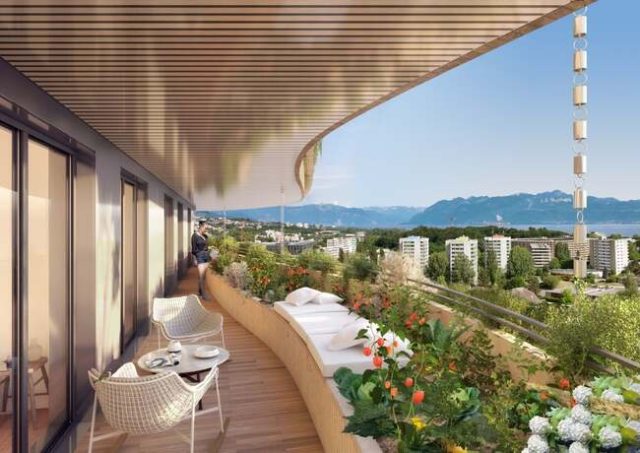
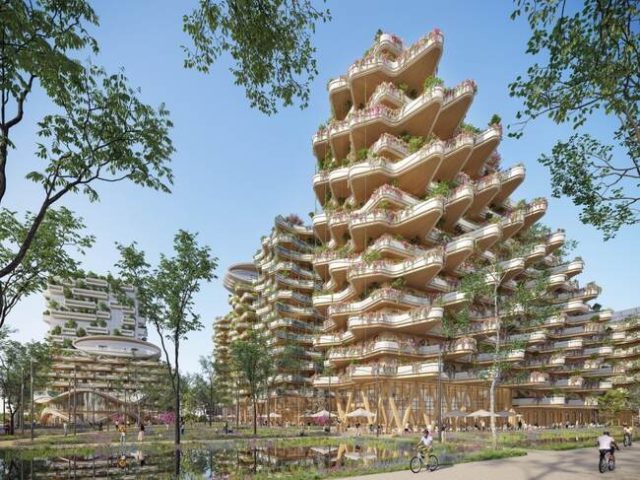
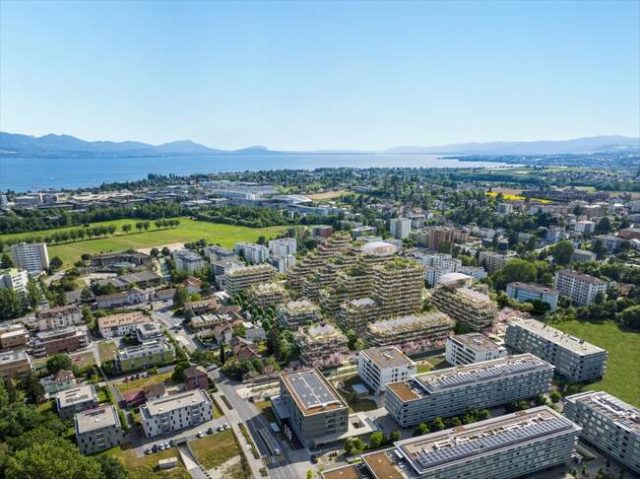

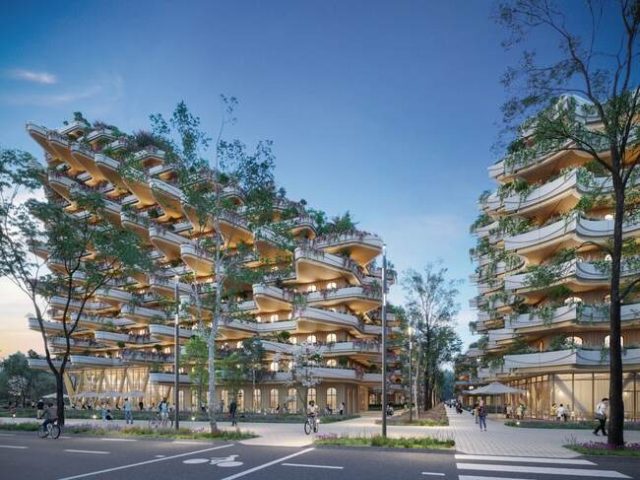
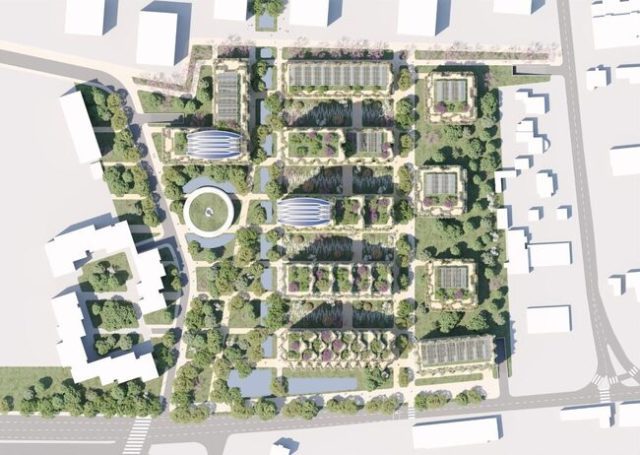
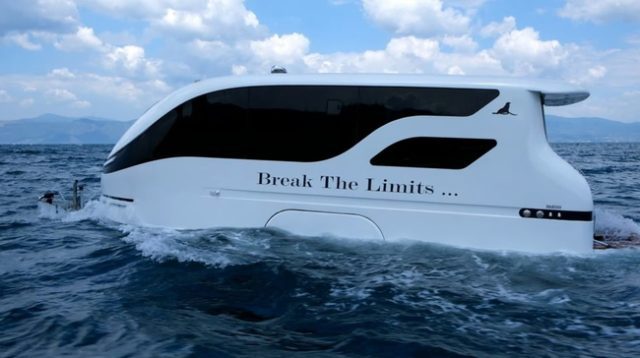
SealVans, a Turkish start-up, has introduced a ground-breaking concept to the world of travel and adventure with its innovative amphibious caravans. Bridging the gap between land and water exploration, the SealVans amphibious caravans offer a seamless transition between being a traditional caravan and a fully functional boat. After successfully prototyping their designs, the company is now unveiling the Seal 4.20m and Seal 7.50m models to the European market. Continue reading “Amphibious Caravan From SealVans Merges Camping and Sea Transport” »

A ground-breaking study has revealed that children residing in areas with more green spaces near their homes exhibit significantly stronger bones, potentially leading to lifelong health benefits. Conducted in Flanders, Belgium, the research followed over 300 children in urban, suburban, and rural areas, utilizing ultrasound to measure bone density between the ages of four to six. The findings demonstrated that children in locations with 20-25% Continue reading “Study Finds Children Living Near Green Spaces ‘Have Stronger Bones’” »

The collaboration between United Caps and Mimica has resulted in a game-changing innovation with the introduction of the Mimica Bump Cap, revolutionizing food safety in packaging. Originally conceived with the visually impaired in mind, these specially designed bottle caps go beyond their initial purpose by offering a tactile alternative for a broader audience. As a response to challenges posed by the COVID-19 pandemic, where the loss of smell became a prevalent symptom, the Mimica Continue reading “Innovative Bottle Cap Can Tell You if Your FOOD is Still Fresh or Not” »
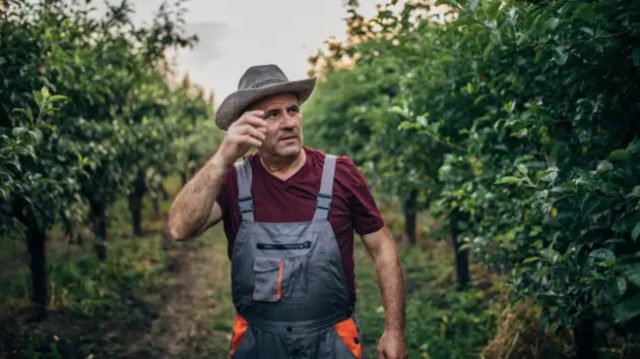
Dr. Neil Paulvin, a seasoned longevity and regenerative medicine expert, advocates for the incorporation of blueberries into his daily diet as a cornerstone for promoting longevity. Recognizing their multifaceted benefits, he considers them the “holy grail” of longevity-boosting foods. The abundance of antioxidants in blueberries, particularly anthocyanins, plays a pivotal role in strengthening cells, defending against damage, and contributing to DNA repair. This protective quality is likened to a suit of armor guarding the body against infections. Blueberries’ influence extends beyond cellular protection. Their richness in vitamin C, with a single cup providing 16% of the daily value, contributes to enhanced eye health. Vitamin C Continue reading “Blueberries: the ‘Holy Grail’ of Longevity Foods this Doctor Eats Every Day” »
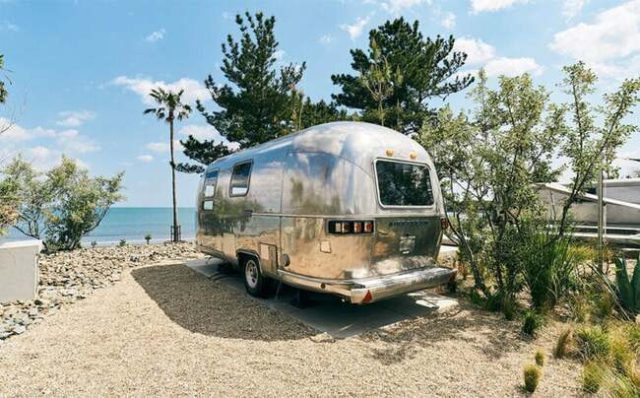
NOT A HOTEL’s exploration of mobile living within revamped Airstream trailers, spearheaded by DDAA architect Daisuke Motogi, brings forth a unique concept called ANYWHERE. Departing from traditional mobile housing projects, Motogi opted for a more enriching and flexible adventure by converting vintage Airstream and Spartan camping trailers into five charming rentable vehicles, each serving a distinct purpose. The architect’s approach Continue reading “NOT A HOTEL Explores Mobile Living Inside These Revamped Airstream Trailers by DDAA” »
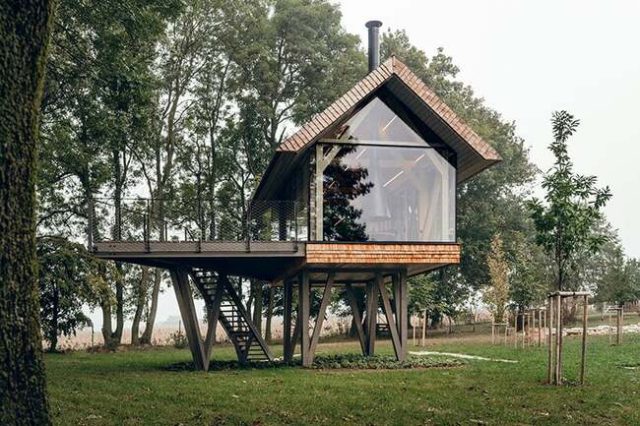
Architect Jan Tyrpekl’s Zen House in Hainburg an der Donau, Austria, is a testament to his innovative approach to harmonizing architecture with nature. Situated within the peaceful confines of a farm complex used for both agricultural purposes and social gatherings, the Zen House stands elevated on stilts, offering a unique retreat among the trees. The design, centered around the principles of relaxation, sleep, and communal fire-side gatherings, seeks to provide a bespoke atmosphere for each activity within the compact structure. Elevated nearly four meters above the ground, the living area creates a sense of security and intimacy, reminiscent of a bird’s nest, while generous glass walls establish a seamless connection with the surrounding landscape.
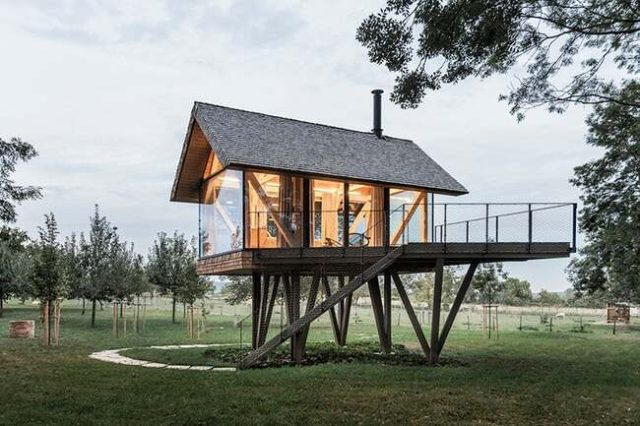
The Zen House’s architectural distinction lies not only in its intentional elevation but also in its use of timber. Crafted from glued laminated larch timbers for the lower part and terrace structure, the house exudes both durability and a warm aesthetic. The overall timber frame, constructed with glued laminated spruce timbers, stands atop a solid CLT panel platform, ensuring stability and resilience. The integration of CLT panels into the roof structure further enhances the building’s strength. The careful selection of materials and the archetypal shape of the house, nestled on the edge of a young orchard surrounded by mature trees, create a tranquil space that seamlessly blends with its natural surroundings.
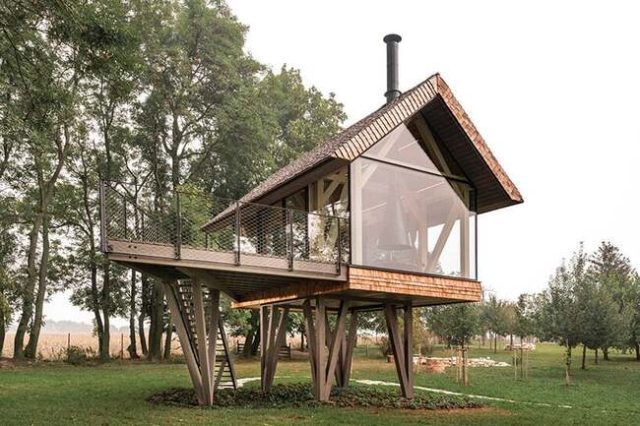
Looking ahead, the Zen House is envisioned to evolve with the addition of a sauna, shower, and toilet between the stilts, enhancing the overall experience and functionality of this architectural gem. Architect Jan Tyrpekl’s creation stands as a testament to his commitment to marrying contemporary design with nature, offering a space that not only complements its surroundings but elevates the experience of living in harmony with the environment.
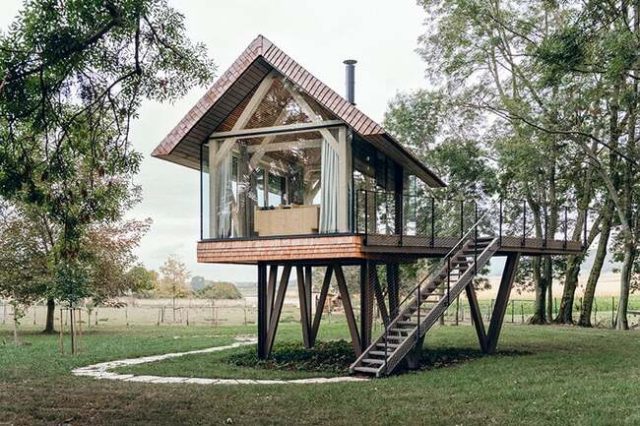
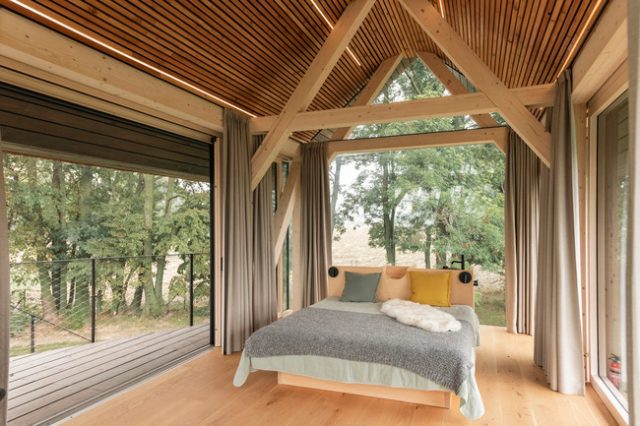
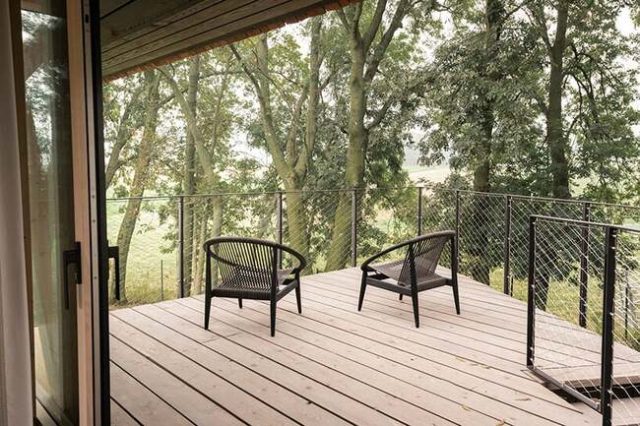

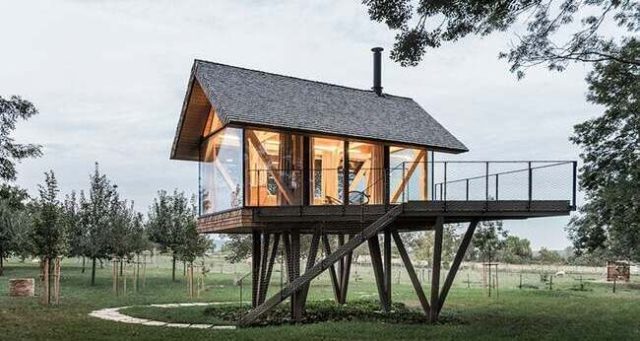

The House in the Clouds by Zayat Arquitectura, nestled within a native forest near Salsipuedes, Córdoba, Argentina, stands as a contemporary abode designed for a family of four. Situated at the center of a sloping terrain, the residence takes the shape of a pristine white prism, strategically positioned to face north and seamlessly integrate with the surrounding clouds. The entrance to the house is facilitated by a cobblestone path beneath it, making use of the uneven landscape to accommodate cistern tanks and parking spaces. The journey into the interior begins with natural stone formations on the ground, creating beds and steps that lead to a suspended staircase, offering an immersive and visually compelling experience.
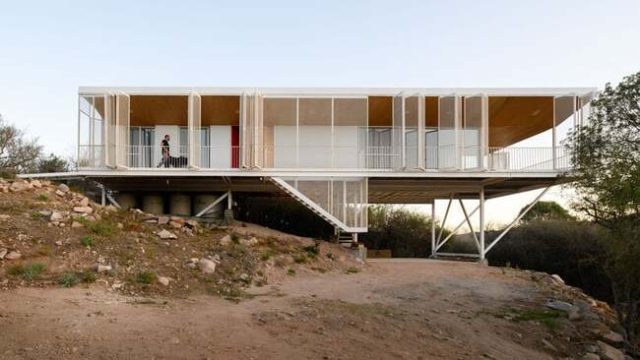
Architectural photographer Gonzalo Viramonte captures the essence of the design, highlighting the house’s clean geometric lines and its reliance on a singular material. Notably, the northern side of the building features movable and perforated metal panels, creating a veil-like effect. These panels serve a dual purpose by reducing winds in the gallery and filtering sunlight, contributing to a comfortable and dynamic living space. On the southern façade, a compact composition of white metal cladding enhances the building’s modern aesthetic. This thoughtful design, combined with the suspended arrangement and a carefully chosen color palette, establishes a subtle yet profound connection between the residence and the expansive sky and clouds that surround it.
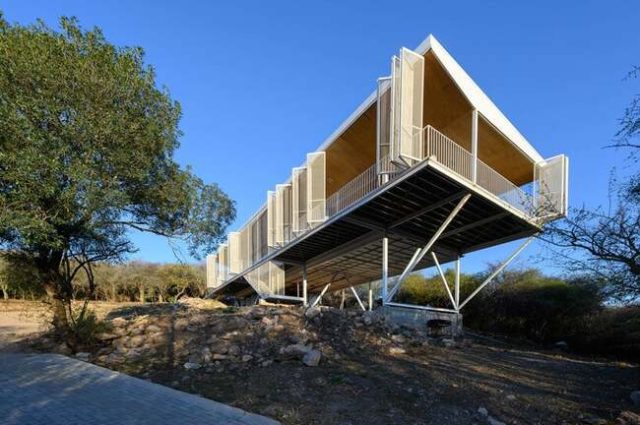
In its entirety, the House in the Clouds exemplifies a harmonious integration of modern architecture with its natural surroundings. Zayat Arquitectura’s meticulous attention to detail, coupled with the strategic placement of elements such as perforated panels and suspended staircases, not only creates a visually stunning residence but also fosters a unique and immersive living experience for its inhabitants.
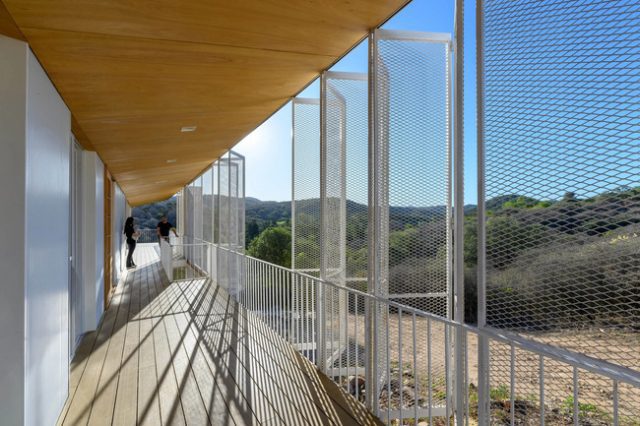
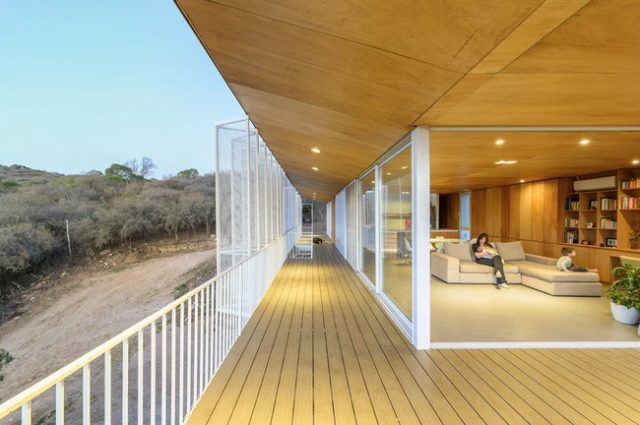
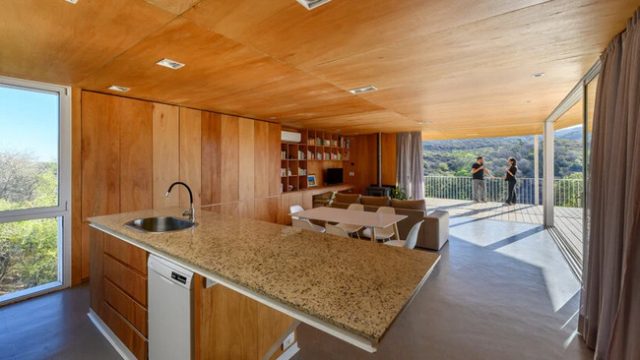
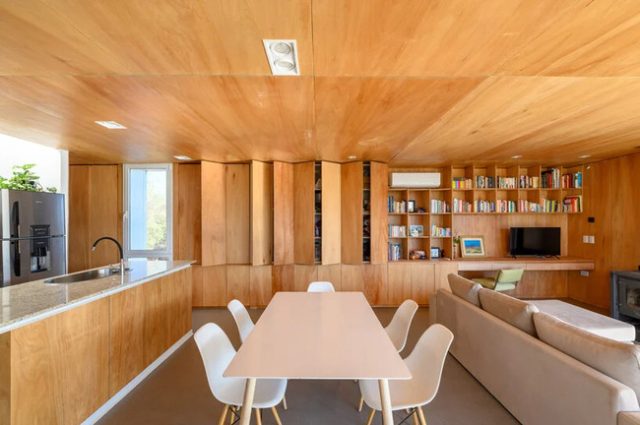
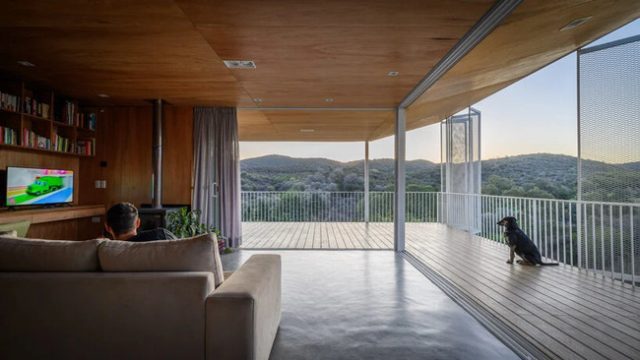
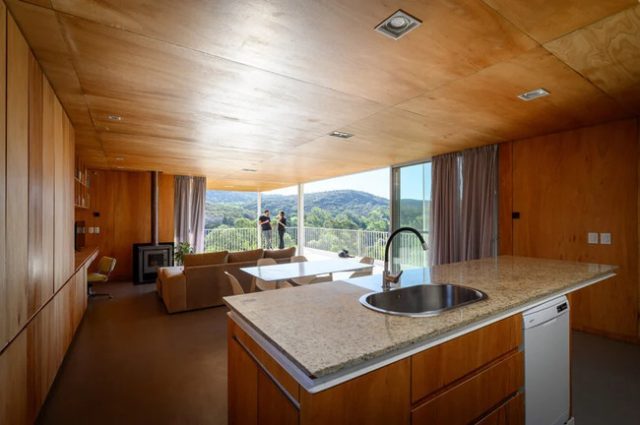
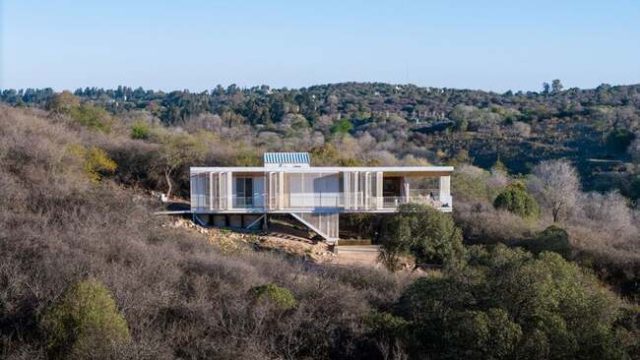

Vivobarefoot, in collaboration with material science company Balena, has introduced a ground-breaking concept in sustainable footwear with its “scan-to-print-to-soil” compostable trainers. The prototype shoes, revealed at the Biofabricate materials conference, are 3D-printed using a compostable thermoplastic material developed by Balena. The “fully automated process – scanned on phone and automatically printed” offers a unique approach to creating shoes, challenging the conventional industrial system of design, manufacturing, and disposal. Vivobarefoot envisions a future where products are produced on-demand, reducing waste and contributing to a more sustainable and circular economy.
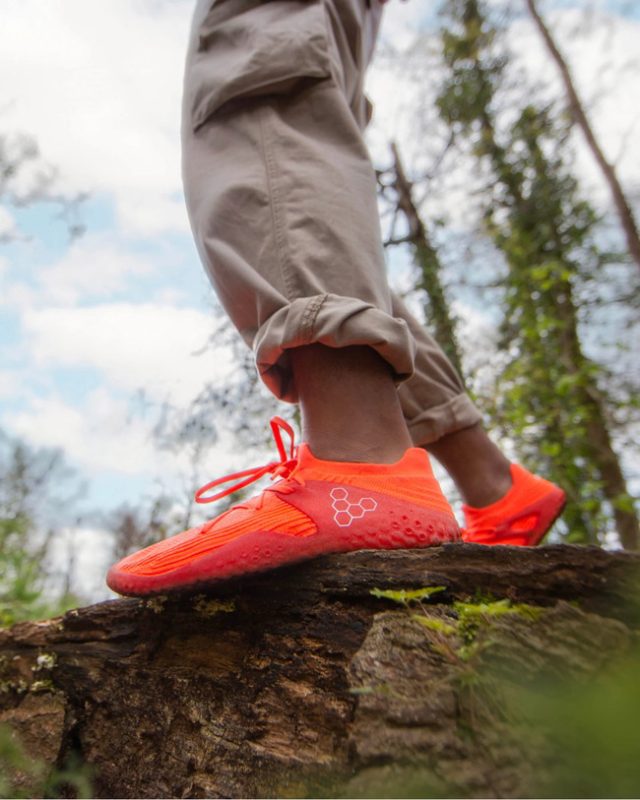
The “scan-to-print” process not only promotes sustainability but also emphasizes individual customization. By allowing customers to scan their own feet for a tailored fit, Vivobarefoot recognizes the diversity in foot shapes and aims to create footwear that complements the natural structure of the human foot. The prototype shoes, made from Balena’s BioCirflex material, meet international biodegradation standards, emphasizing the commitment to environmental responsibility. However, the company acknowledges that establishing a composting infrastructure will be crucial before a mass launch, underscoring the importance of building a circularity logic for the material.
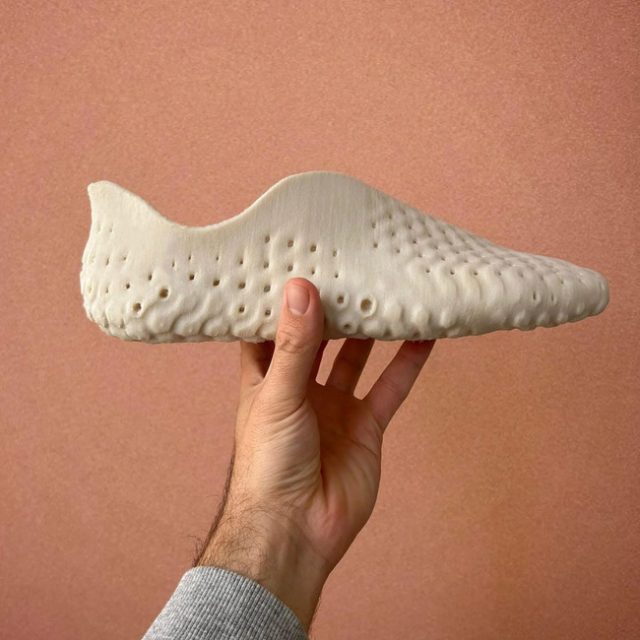
Vivobarefoot’s initiative aligns with its broader mission to revolutionize the footwear industry by challenging the negative impact of heavily cushioned shoes on both feet and the environment. Co-founder Asher Clark believes that the traditional manufacturing process is inherently wasteful and environmentally damaging. By introducing compostable trainers and advocating for a shift to an on-demand, sustainable model, Vivobarefoot aims to set new standards in the industry, emphasizing the importance of minimal material usage and considering the end-of-life impact of footwear.
